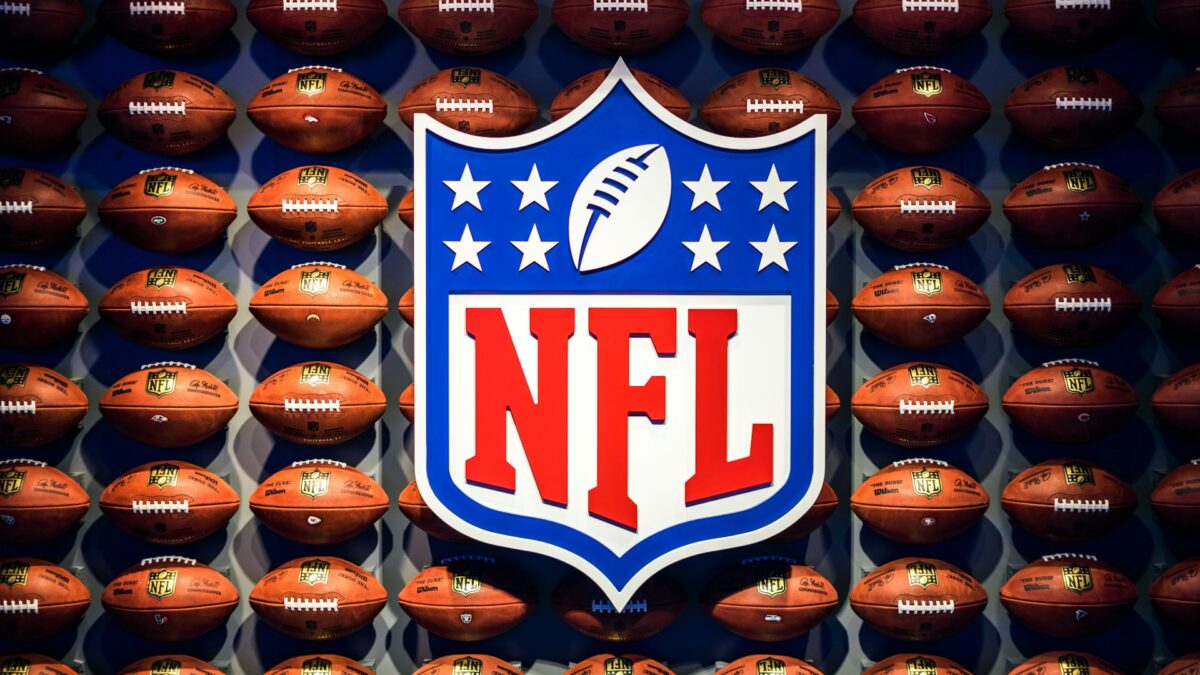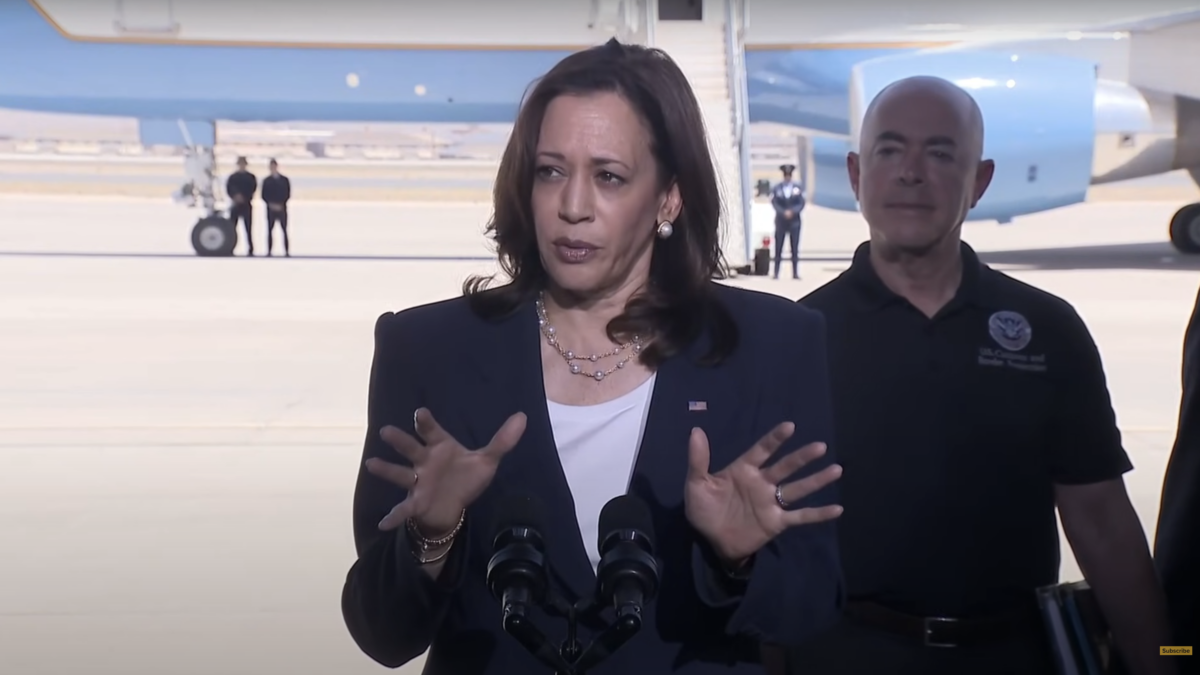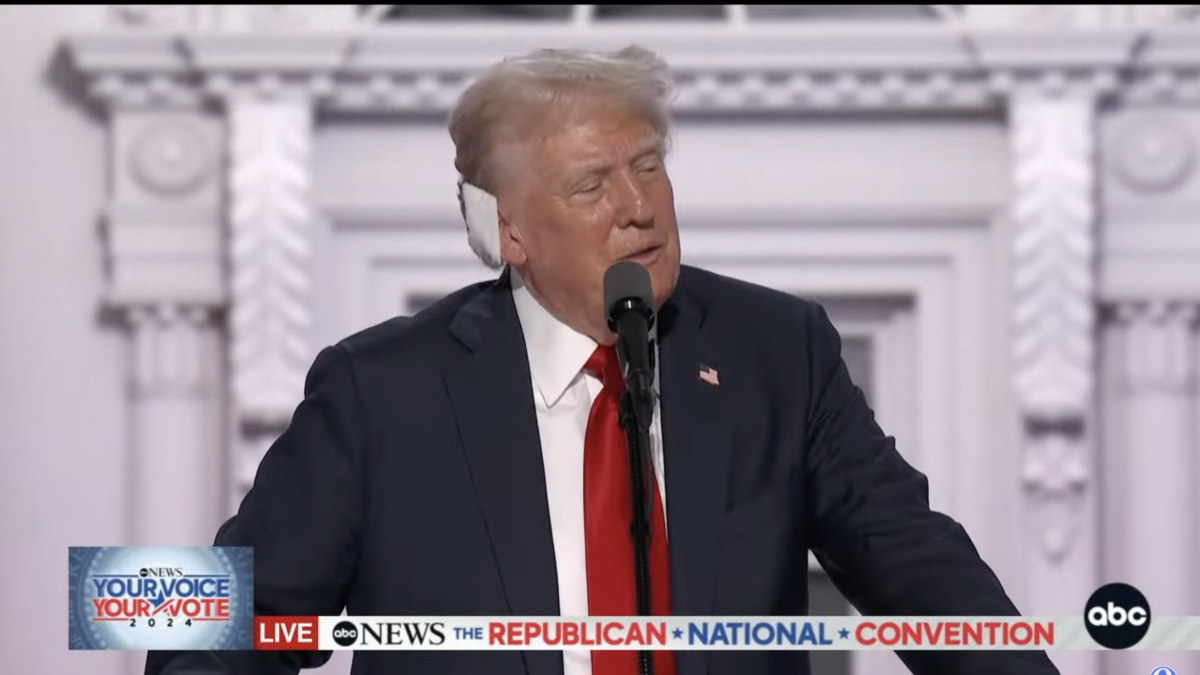For a league that seems to run on hype, Wednesday’s annual release of the NFL schedule seems like one of the biggest non-events in sports history.
Since the end of the football regular season in January, fans have known which opponents their teams would play in the season that starts in September, and which of those would occur at home or on the road. The concept that the release of the specific days and times of said games deserves days of selective leaks, along with a prime-time special on the day of the official schedule release, brings to mind the phrase “over the top.”
And yet one element of the schedule release hype hints at a broader theme: The NFL, like other major sports leagues, is taking very deliberate steps to make it harder, and more expensive, for fans to watch their games. At first, the statement seems counterintuitive, until one realizes that, as with most things in sports (and life, unfortunately), the answer is about money.
Multiple Streaming Services
The announcement of two NFL games on Christmas Day stands out, but not for the reason one might think. It illustrates the extent of the money grab that the league would schedule games on Dec. 25 even when that day occurs on Wednesday this year — not a day normally scheduled for games. Playing a physically intense game on only a few days’ rest potentially raises the risk of player injury, in a league that purports to care about safety. Of course, scheduling another round of games on Christmas also further intrudes sports into a day associated with religious celebrations and time with family and friends.
But what seems most notable about the Christmas Day games is where they will air — on Netflix. They won’t air on any of the NFL’s existing broadcast partners. They won’t even air on Amazon Prime, which televises Thursday night football games. Instead, they will air on a completely new streaming partner, one which presumably was thrilled to get in on the NFL broadcast action.
The move reveals the league’s true strategy: The NFL wants to force you to pay as many different times to see your favorite team’s games as possible. It wants to keep you paying for cable, to see games airing on its over-the-air partners and ESPN. It wants to make you pay for Peacock, NBC’s streaming service, which exclusively televised a playoff game for the first time earlier this year. It wants to keep you paying for Amazon Prime, to watch your team when it appears on Thursday night. And it wants to entice you to subscribe to Netflix, to see the NFL’s Christmas Day games.
In theory, the NFL would probably air each team’s 17 different games on 17 different networks, if it could get away with it all to bleed the last possible dollar out of fans. And streaming services and broadcast networks desperate for the eyeballs that live sports bring will happily play along.
Complicated Viewing Habits
The Wall Street Journal ran a story about this problem last fall, pointing out that baseball fans in particular have a tough time tracking the broadcast whereabouts of their favorite teams during the 162-game schedule: “Fans say the sheer complexity of having to juggle so many streaming platforms has made watching sports a sport unto itself.”
And more sports are getting into the act. NASCAR recently announced that, as of next year, the marquee Coca-Cola 600 on Memorial Day weekend would air not on Fox but on Amazon Prime, its new streaming partner for 2025. At the same time, the league announced it would migrate the digital in-car streams previously available through the NASCAR app to yet another streaming service, the Warner Brothers-aligned Max.
All this added complexity represents a full-circle moment for the stock car racing series, which back in 2001 assumed control of television rights that had previously belonged to individual tracks, bringing some rationality to a broadcast schedule that flipped between half a dozen different stations during a single season. Having forgotten — or more likely, chosen to ignore — their lesson from a quarter-century ago, NASCAR’s move will make it harder for fans to watch races. In the case of rural fans lacking access to fast broadband, it may make it impossible for them to watch races live at all.
Don’t Play Along
To the sports leagues’ effort to make viewing more complicated for fans, and lucrative for owners, I can merely say: Good luck with that. I have yet to give up my broadcast bundle precisely because I want to retain easy access to live sports, although my bundle comes via Verizon broadband rather than cable. And I have little interest in the hassle and added costs that navigating multiple streaming services will create.
For now at least, I plan on watching only those sporting events I can readily access via my existing bundle. If NASCAR wants to make some of its content exclusive to streaming services, then I can find other things to do with some of my summer weekends. Ditto for the NFL and other sports leagues. Therein lies the risk: that at a certain point, fans run out of patience, money, or both and just stop watching. The way leagues are trying to cash in on streaming, one imagines the trend will continue up until the point where someone kills the goose laying the golden eggs.







